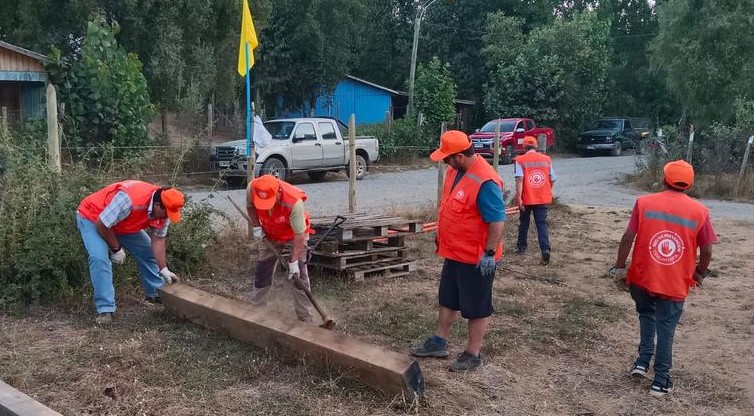Study Reveals Low Variety of Native Trees Puts Sustainability of Reforested Forests at Risk
- Despite an increase in projects using native trees, an analysis by the Social Carbon Foundation and Fundación Eco+ showed that the lack of species diversity threatens the regeneration of these ecosystems.
Research conducted by the British NGO Social Carbon, in collaboration with Fundación Eco+, an institution promoting sustainability in South America under the wing of BASF, reveals that most forestry projects aimed at carbon offsetting may fail to restore original ecosystems in the long term.
The study "Seeing the Forest for the Trees" analyzed over 200 certified projects registered by international organizations since 1999 to identify trends in methodologies, operational scales, and key practices in the carbon credit market. One of its main findings is the low diversity of native species in these plantations, hindering coherent and natural environmental recovery. Additionally, researchers warn of the need for a paradigm shift and greater community involvement.
"We realized that although there has been an increase in forest plantation projects in recent years, this expansion comes at the cost of reduced biodiversity," says Tiago Egydio, biologist and manager of Fundación Eco+.
The study examines three major practices: afforestation, reforestation, and revegetation (ARR). Both afforestation and reforestation aim to restore areas that either never had vegetation or lost it due to human activity. Revegetation, on the other hand, is also a form of restoration but involves planting species with specific traits to withstand environmental adversities in degraded areas.
Results show that 44% of initiatives use native species, while 32% employ introduced varieties. However, diversity remains low. Only 12% of these projects include ten or more native species—far below the ideal minimum of 50% needed to promote natural ecosystem recovery. Even in projects planting exclusively native species, the diversification rate is just 18%.
"The benefits of increasing native species diversity are numerous. Among them, we can highlight ecosystem resilience to survive and adapt to climate and soil changes, biodiversity restoration—boosting native flora and fauna, including endangered species—and the recovery of forests' ability to provide natural resources like drinking water," emphasizes the manager of Fundación Eco+.
Carbon Efficiency vs. Eco-Sustainability
A common trend across all analyses is the prevalence of fast-growing species like eucalyptus or teak. This is mainly seen in results-driven management projects, which favor mixed (native and introduced) or exclusively non-native species for degraded areas.
"Our conclusion is that projects may be selecting species solely based on their carbon storage potential rather than ecosystem health. If so, this jeopardizes many future benefits a proper approach could bring," states Divaldo Rezende, a specialist in climate change, renewable energy, and sustainability at Social Carbon.
The study also notes that logging remains predominant in projects using introduced species, which is counterproductive since non-native varieties capture 31% less CO2 than native ones. "With logging, stored carbon is considered released back into the atmosphere, undermining the desired effect," concludes the manager of Fundación Eco+.

















